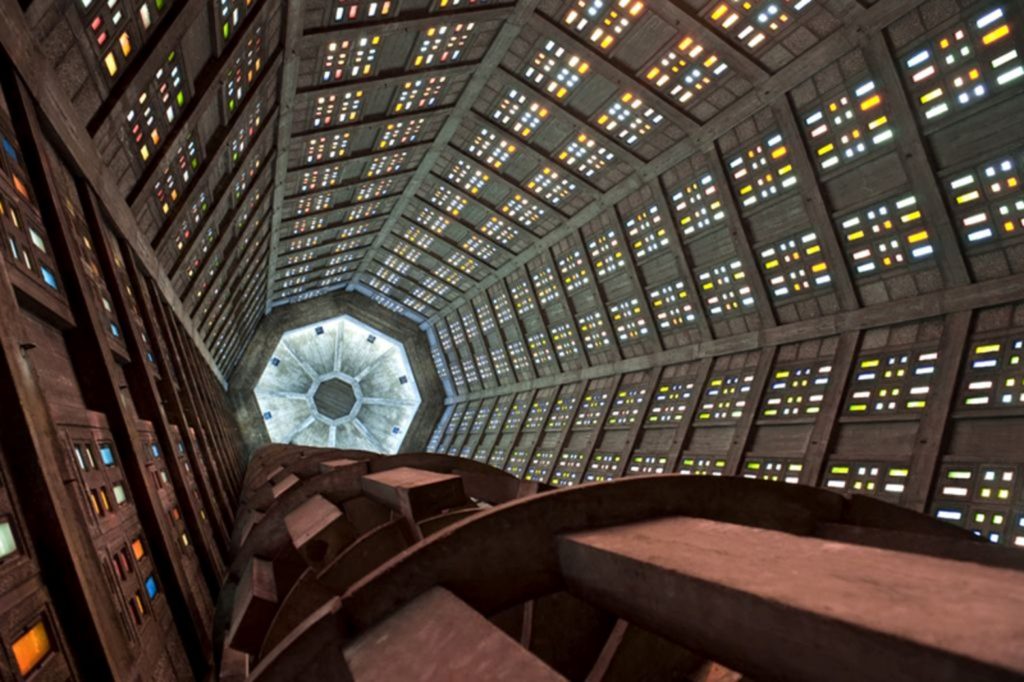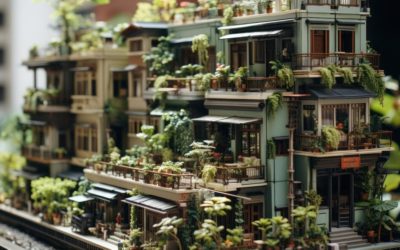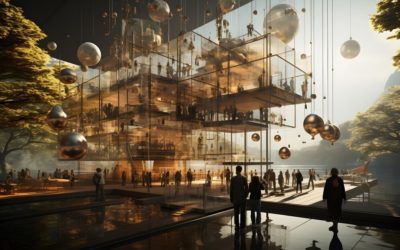
Ar. Aarthi. P
Assistant Professor – Midas
“The architect is a poet who thinks and speaks in construction.”
–Auguste Perret

In this article of MIDAS India, its about Auguste perret. From exploring the use of reinforced concrete in his projects to rebuilding cities after a world war, Auguste Perret has done it all. Widely known as Le Corbusier’s mentor, Auguste Perret’s projects seldom get the attention they deserve. Despite his Beaux-Arts background, auguste perret believed in the sleek expression of the Art Deco style. Belonging to a period of discovery, innovation and chaos, it may be evident that auguste perret style is as unique as the age he lived, the early 20th century. The most significant and well-known projects of his were built between the years 1902 and 1922, which also includes the years in which Le Corbusier worked under him. (1908-1910)
Looking into the pioneer’s life and work, on his 144th birthday, reveals only more reasons to revere him not only as a First-Generation Modernist but as a person who adhered to simplistic expression, which eventually reflected in his designs.
- Yet Another Successful Dropout Story :
Perret studied architecture in School of Fine Arts (École des Beaux-Arts) in France. Owing to the styles that were prevalent at the time, ornamentation in architecture was the norm. In fact, the Beaux-Arts style of Architecture, was highly influenced by the Baroque and Rococo styles which concentrated on heavy decoration and ornamentation .Perret had other ideas. After a brief period of formal architecture education, Perret went on to practice architecture, his family business, with his siblings, without completing his course of study in architecture school.
- Taking The Road Less Travelled:
Given that Perret was from a family of stonemasons, one might even presume that his interest towards new materials of construction, particularly, reinforced concrete, may have been influenced by the search for the durability of a material such as stone. His style of exposing concrete in facades, became a regularity throughout his projects. He compromised his style, which is considered as adapting to the change by many, in the age of innovation. Particularly, living in the initial stages of the Art Deco and the Modernism era, Perret adapted a confluence of the two styles, which added to the unique nature of his projects. While his buildings flaunted their framework and clean geometry on their facades, they had marble cladding and filigree grills that stood in pride characterizing their art deco influence.
- When 25b, Rue De Franklin became his “Address”:
Although Perret had been working on his practice with his siblings, not only designing his own buildings but executing the designs of others as well with his knowledge of using reinforced concrete, it was not until the construction of the apartment building at 25b, Rue de Franklin, when his works started to receive recognition. Rue de Franklin is considered as one of the iconic buildings of the 20th century owing to have provided with the users all the elements of modern era, complete with a reinforced concrete skeleton and a façade that predominantly uses glass. It had elements like elevators, caretaker rooms and electricity (!) which were considered to be luxuries then.
- From Reinforced concrete to Art Deco:
After the construction of Rue De franklin, Perret went on to design the first Art Deco building in Paris, Théâtre des Champs-Élysées, which was built within a span of two years, 1911-1913.It is said that the choice of concrete as the main material, was inevitable, given the site was adjacent to river seine. The theater was designed with clean lines, marble and stucco on the façade, which was slightly considered as plain and rebellious in an era which idealized ornamentation.

- The Influence:
Julien Guadet, an academician in Perret’s architecture school had a major influence on him. Guadet had published quite a large volume on “Elements and Theories of Architecture” in 1902, and is considered as the mentor for Perret himself, who had picked up his learnings of classical composition techniques from him, later to have carried it forward, to the modern era through his pupils, including Le Corbusier himself.
- Reconstruction after the Mass Destruction:
Le Havre. It was one of the cities that were most affected by the Second World War. Perret, a well-established architect at the time was entrusted by the Ministry of Development to reconstruct the city. Perret is said to have used the material which was available to him, even recycling and reusing things that were left after the destruction of the city. To name an example, Perret had used the seats of a totally destroyed auditorium as pews in the St. Joseph’s church at Le Havre.
- From Ruins to Recognition:
The city of Le Havre has been announced as UNESCO world heritage site in 2005, almost half a century after its conception and construction. It is been considered as the best example of post war reconstruction on the basis of architecture and urban design, long after the demise of its creator, who passed away after a long career of almost five decades.
Auguste Perret carved out an identity for himself when he decided to opt for the style that was unique not only in the way of its construction but in the way of its expression too. His works standout as examples of the early modern era which are to be revered not only for their aesthetics, but for his thought process of using a material and technique that were not meant to be exposed.
References :
http://www.artdecoceramicglasslight.com/architecture/locations/paris/theatre-des-champs-elysees
http://www.artdecoceramicglasslight.com/architecture/locations/paris/25bis-rue-franklin-paris-16e
http://www.artdecoceramicglasslight.com/architecture/architects/perret-auguste
http://www.greatbuildings.com/buildings/Rue_Franklin_Apartments.html
http://biography.yourdictionary.com/auguste-perret
http://www.greatbuildings.com/buildings/Notre_Dame_du_Raincy.html





